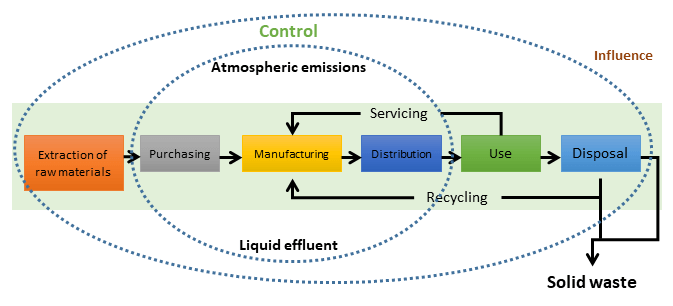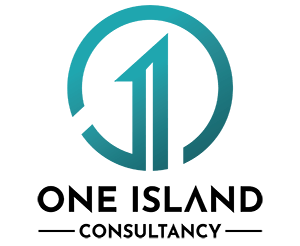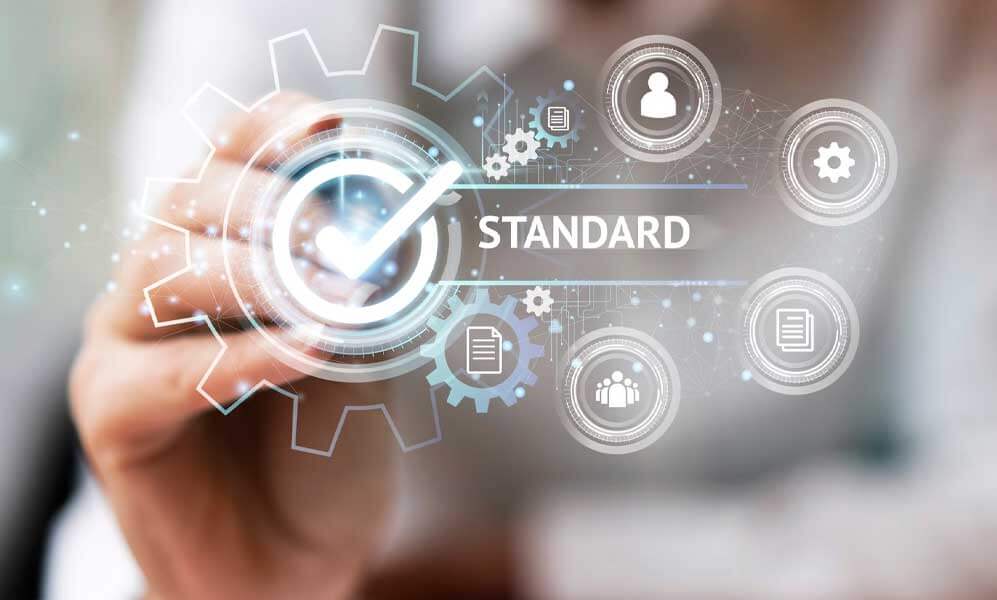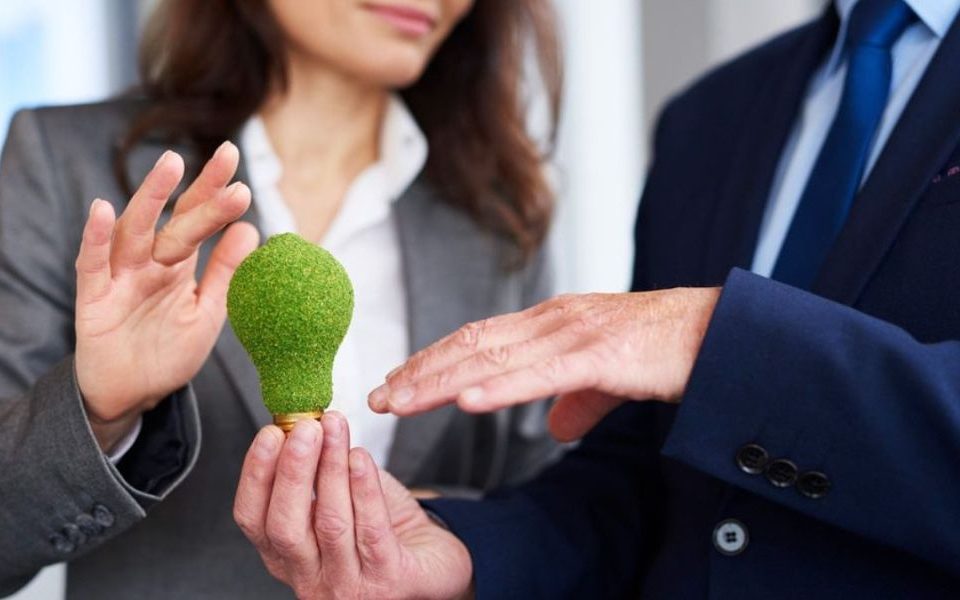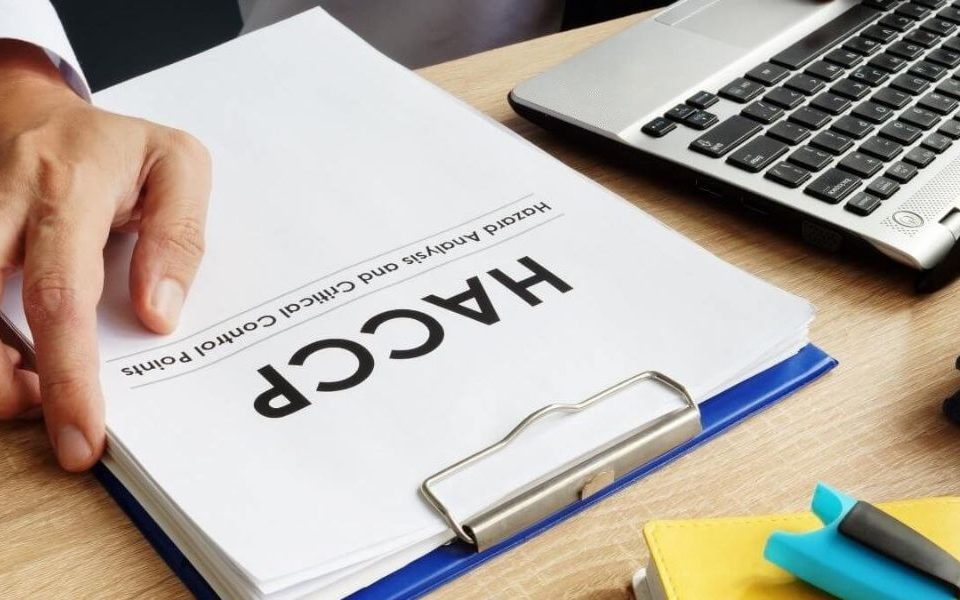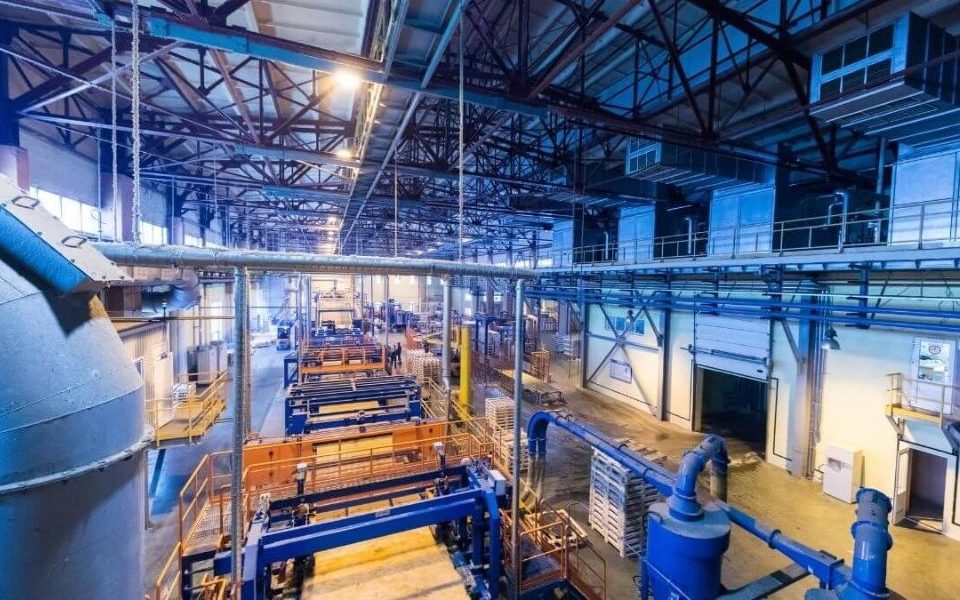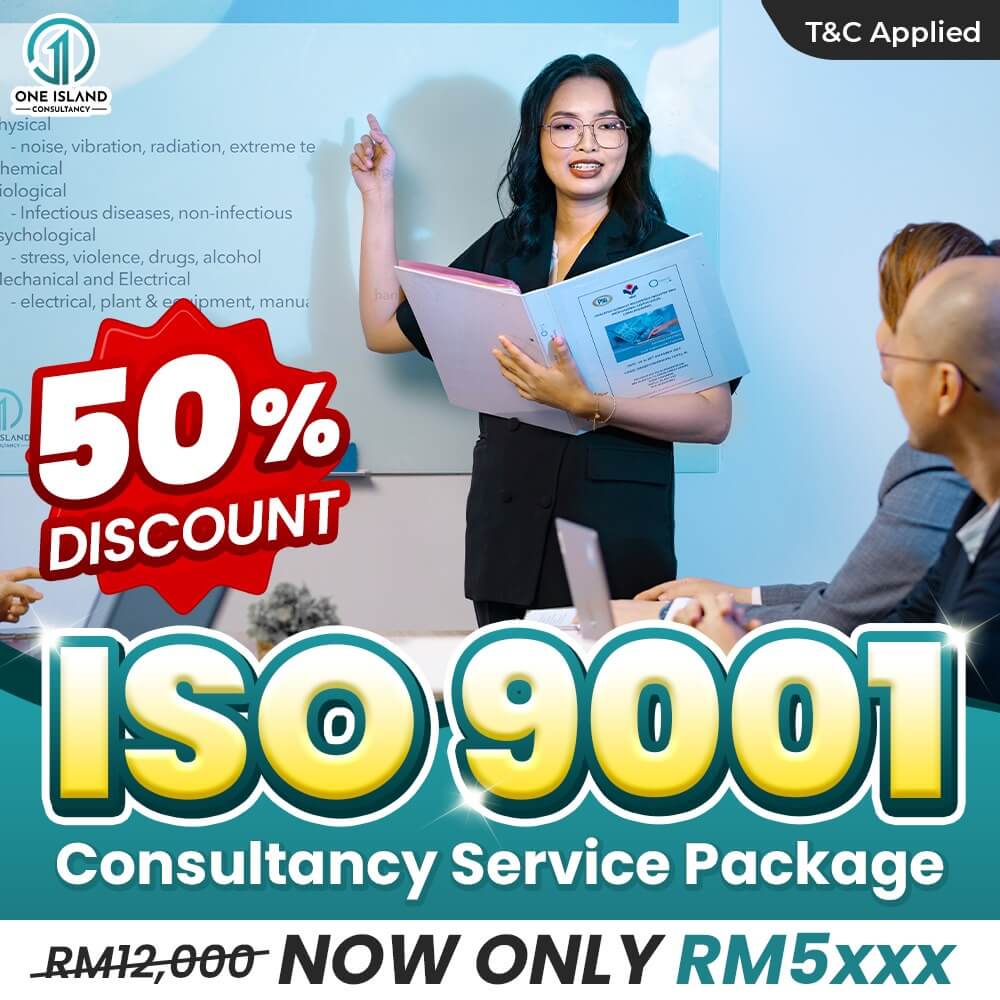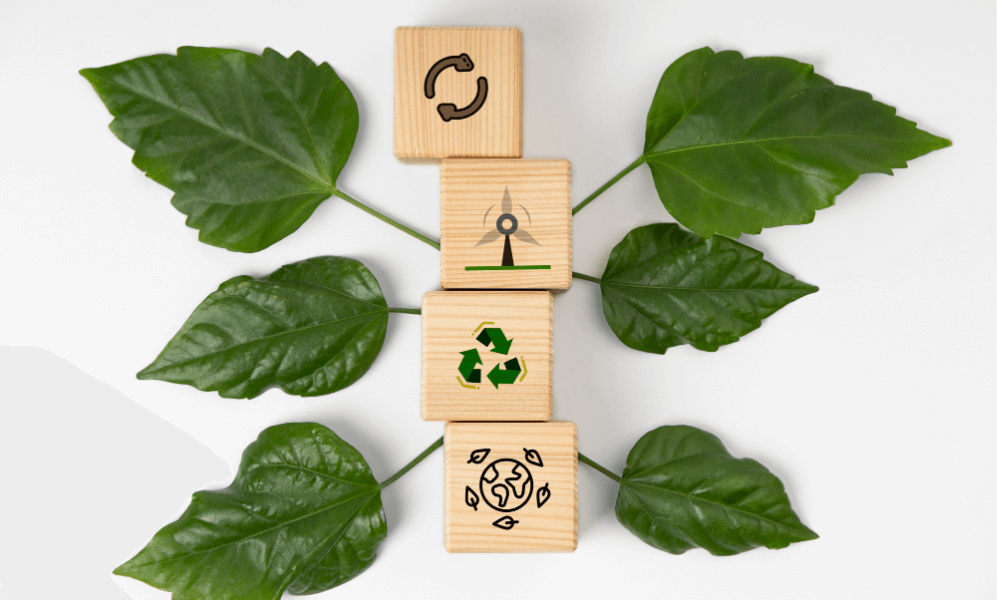
The Role of ISO in Driving Sustainability and ESG in Malaysia
December 12, 2023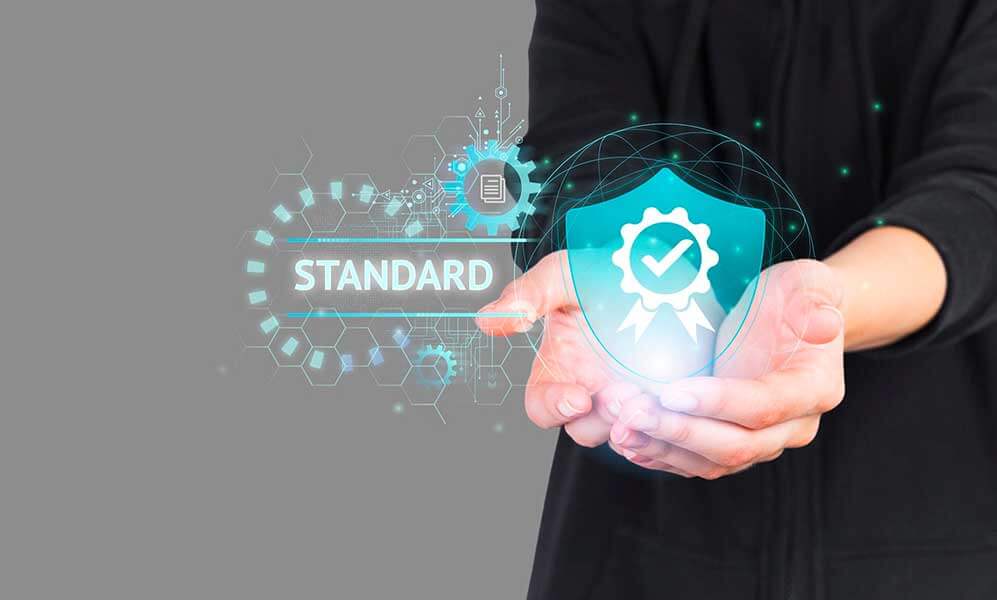
The Significance of Life Cycle Perspective in ISO 14001:2015
February 7, 2024The ISO 14001:2015 Environmental Management System places a significant emphasis on the Life Cycle Perspective, recognizing its crucial role in sustainable development and environmental management. But what exactly is this Life Cycle Perspective?
In Clause 3.3.3 of ISO 14001:2015, a life cycle is defined as the consecutive and interlinked stages of a product or service system, extending from raw material acquisition or generation from natural resources to final disposal. These stages encompass various critical phases, including the acquisition of raw materials, design, production, transportation/delivery, use, end-of-life treatment and final disposal.
The Life Cycle Perspective is essentially a holistic view of the entire life cycle of a product system. This perspective includes the stages in the supply value chain, starting from raw material acquisition or generation and culminating in the final disposal of the product. An organization adopting the Life Cycle Perspective needs to carefully consider which stages it can control or influence.
The life cycle stages that can be controlled or influenced by the organization are crucial in shaping its environmental impact. Let’s delve into these stages:

Raw materials/Procurement: Organizations can influence the source of raw materials – whether they are virgin or recyclable. They can also control the contents of prohibited substances, consider recyclability and reusability, and manage energy consumption.
Design & Development: This stage offers control over environmental considerations in the product’s design. Organizations can include requirements such as design for repair, upgradability, minimizing power consumption, and ensuring recyclability and clean disposal.
Manufacturing: This stage provides control over pollution prevention, resource conservation (reduce, reuse, recycle), compliance obligations, monitoring and measurement, objectives, and the adoption of green/clean technology.
Supply & Delivery: Organizations can control packaging and transport selection. They can also influence routing and maintenance of vehicles by logistic providers.
Usage: While organizations can influence the usage stage by providing information about significant environmental impacts through user manuals and labelling, they have less direct control compared to other stages.
End of Life Treatment/Disposal: Organizations can influence the environmental impacts during the end-of-life treatment or disposal stage by providing relevant information, such as the seventh schedule (Scheduled Wastes Regulation 13) , safety data sheet, and user manual.
In summary, the Life Cycle Perspective allows organizations to strategically manage their environmental impact by considering and influencing various stages in the life cycle of their products or services.
